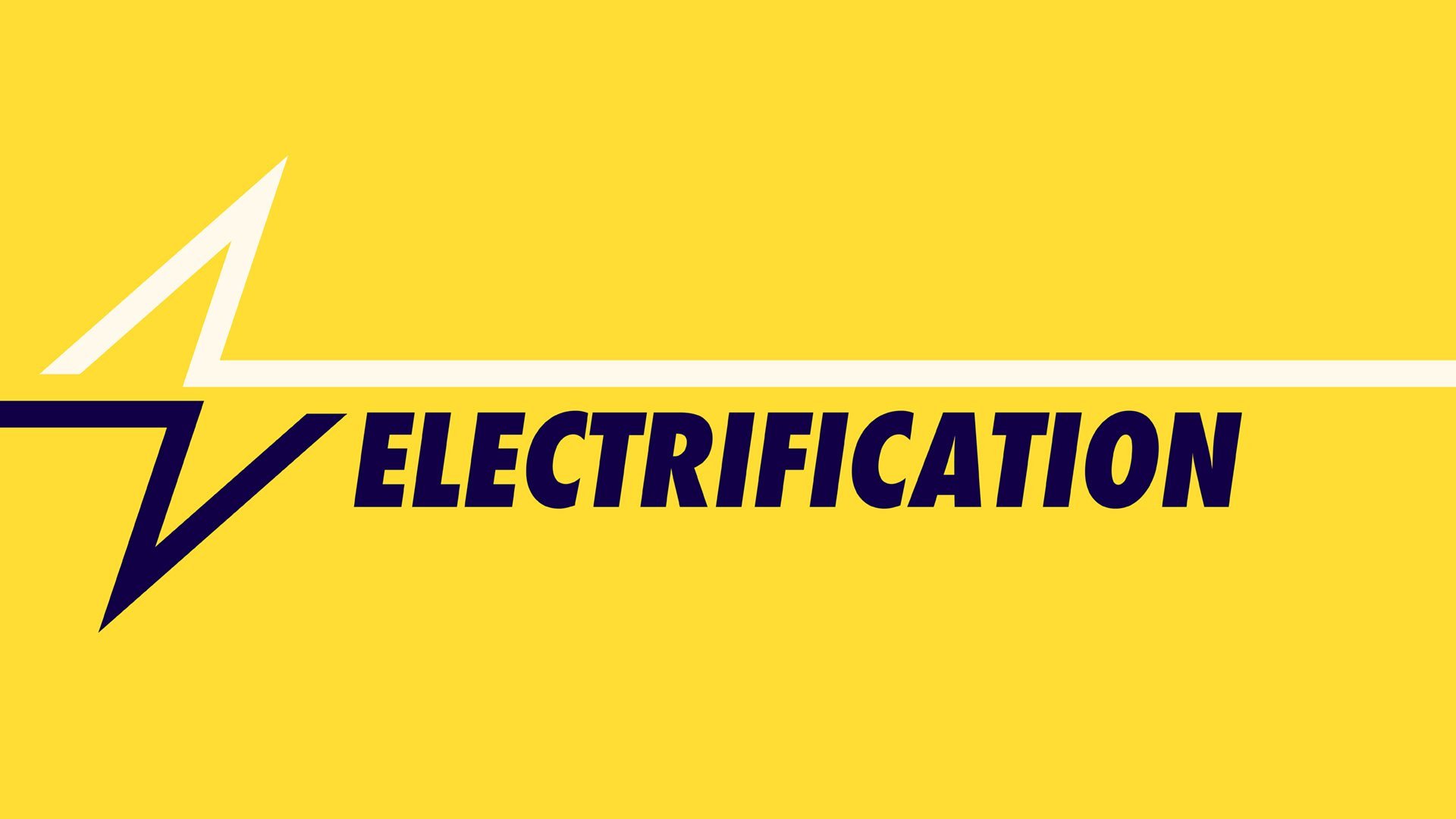WHAT IS ELECTRIFICATION (AND WHY DOES IT MATTER)?
You may have heard about electric cars, heat pumps, electric water heaters, and induction stoves. Why is electricity so hot right now? Of course you know that energy efficiency upgrades are good because they are… efficient. But are certain types of energy efficiency upgrades better for the environment than others? Enter: Electrification.
What Is Electrification?
Electrification is all about using electricity to power your appliances, cars, and other machines, rather than using fossil fuels like natural gas. For the purposes of this article we are going to talk about electrification as it relates to residential machines like water heaters, furnaces, stoves, etc. Here in Michigan, the majority of these appliances currently run on natural gas, rather than electricity.
Why is Electrification Important?
Our environment is increasingly affected by the rising levels of CO2 in our atmosphere. Without a way to reduce our carbon emissions and/or find a way to “suck” carbon dioxide from the atmosphere, we will continue to increase the negative effects of global warming, which is hurting our planet and its ability to be humanity’s #1 space rock.
Isn’t Energy Efficiency Going to Solve The CO2 Problem?
In other words, can we just burn less natural gas by using gas appliances that are more efficient? For the last 20 years or so, the focus has been on energy efficiency. Energy efficiency is still hugely important because it means we waste less natural gas and produce less CO2. My career so far has been all about energy efficiency, so I am a big proponent of this goal! However, we also must start talking about switching our energy source altogether to reach our climate change goals. The future must be electrified.
Wait a Second, Doesn’t Electricity Come From Fossil Fuels?
Good question! To be clear: electricity is not necessarily more efficient or somehow “greener” than natural gas. A lot of our electricity comes from burning coal or natural gas. These are not renewable energy sources because they do put CO2 into the atmosphere. The aim of the electrification movement is ultimately to use electricity that can be produced from renewable resources like wind and solar. This is what we call renewable, or “clean” electricity.
Energy Production, Distribution, and Consumption
Electrification involves a few pieces that work together to ensure we’re using clean, renewable energy: production, distribution, and consumption. There is a lot to all this, but fortunately you are only directly responsible for one piece (preview: it’s the third one).
The first piece is energy production, which is the responsibility of our power companies (and the government rules that regulate them). This is how our electricity is created. To be “clean,” it should be from renewable resources like wind and solar. Some folks include nuclear power in this list and some do not.
The second piece is energy distribution, often called “the grid.” This is the system that takes power from the source and moves it through wires to homes and businesses across the country. This is a legitimate challenge for the electrification movement. Right now, the electric grid is not ready for our electrified future; it just is not robust enough. We need to produce and transmit about three times as much electricity as we currently do, so we need a power grid that is much more powerful! We cannot reasonably switch every single appliance to electric immediately, which does create a kind of chicken-and-egg scenario.
The third piece is where you come in. Every day the machines and appliances in your house use energy. Before you even fire up the stove (or furnace or dryer or water heater, etc), the type of energy you use is predetermined. If your machines are connected to natural gas, 100% of their energy produces CO2.
If those machines are electric, they can be thought of as partially carbon-free, based on the percentage of energy your electric utility gets from renewable resources. Right now Consumers Energy produces 11% of their energy from renewable resources, 9% from nuclear, and 12% from pumped storage. One could argue that makes their electricity 32% renewable (not bad)!
A couple months ago my natural gas water heater stopped working and I replaced it with a (super efficient electric) heat pump water heater. I like to imagine that my water heater became ~20% renewable when I made the switch. (Consumers Energy’s pumped storage is a form of hydroelectricity, but the process of pumping water from the lake into the reservoir is only about 25% renewable.)
A Renewable Future
This is a really big goal, and it might seem pointless to electrify our machines since we can’t control the bigger issues of electricity production and distribution. But the more we take this seemingly small step of electrifying our homes, the better positioned we will be when the grid is producing and distributing 100% renewable energy. My water heater gets more renewable every year!
I encourage you to switch to electric when your appliances need to be replaced, buy electric vehicles when you can, and participate in community discussions about climate change. Together, we can make a difference.
DISCLAIMER: This blog is written in my own words, as the topic is arranged in my mind. But it’s largely inspired by the book Electrify, by Saul Griffith.

